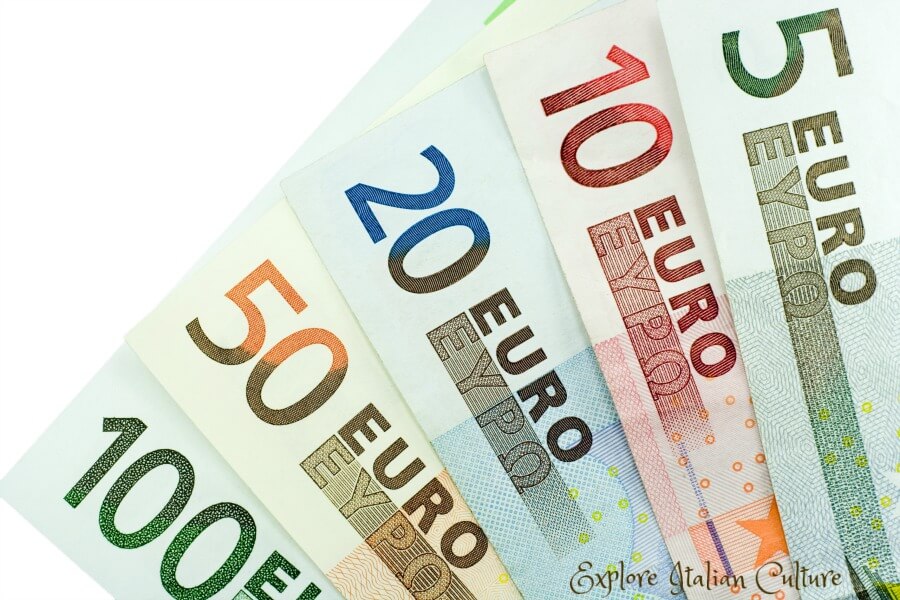Explore the world's currency symbols ( Click here to scroll down to symbols )
In today's modern age, the world is a much smaller place than it once was. The availability of the Internet has connected local consumers and businesses to the global market and thus the world's unique currencies.
As you are probably aware, virtually every nation has its currency and thus an assigned “short code” that is used in the open market (such as currency exchange). This shortened code is also often used when pricing items both online and offline.
While some of these are no doubt familiar to you (like USD or GBP), others have likely been off your radar. Whether you travel to another country for work or play, manage or operate an online website with international visitors, or frequently purchase goods or services from international websites, we've got you covered.
This guide will help you better understand the world's currency symbols, how they are used, and what is involved in transferring or converting one currency to another.
Grab your favorite drink of your choice, sit back and let's dive right into the…
World currency signs and symbols
Currency symbols were developed as a quick and easy shorthand method to display the relevant currency type on and offline. These symbols eliminate the need to type out the entire currency name, and rather allow you to replace the entire nomenclature with either an abbreviation and unique symbol.
In the following example, note two different currency signs / symbols: “USD” and “$”.
One hundred US dollars can be expressed as:
One hundred dollars
One hundred USD
$100
Let's take a look at one more. In the example below, we will examine the currency sign and symbol for the British pound.
British Pound (also known as British Sterling or Sterling):
GBP
Why are currency tokens important?
Currency signs and symbols provide a standardized and widely recognized way to quickly and easily identify different currencies. Because of the “exchange rate” between each currency, it is significant to know the type of currency you will be paying in.
Continuing with the aforementioned example of USD vs. GBP, at the time this guide was written, $1 was just 0.80 sterling. If you happen to be from the US, carry USD and ventured into a coffee shop, this becomes quite significant to note. Similarly, when shopping online you may come across sites that accept payment in different currencies and knowing what you are dealing with will make calculating payment and comparing prices much easier.
Should I write the currency symbol before or after the numeric value?
This is a common question we see, and with good reason. The answer is that it depends. Local customs and the currency itself generally dictate what is the correct practice.
For example, some European currencies are properly expressed with the symbol at the end of the numerical value. A good example of this is Germany and France (i.e. €100).
In most English-speaking countries, such as the United States or Canada, the symbol and abbreviation mostly always precedes the numerical value (ie $75 USD or $125.00 CAD).
With other currencies, you may even come across the currency symbol where the “decimal number” would normally be in your original currency (ie 50$00).
OK, but how do I type a currency symbol in Microsoft Word?
Do you often find yourself needing to insert different currency symbols into your Word documents? If so, you've likely experienced a frustration that many of us have also endured.
The good news is that it's not that difficult to insert currency symbols into a Word once you understand how to do it.
How to insert currency symbols in Word
OPTION ONE
The first (and potentially most effective) way to insert various currency symbols into Word is to use a currency shortcut sheet like: https://www.webnots.com/alt-code-shortcuts-for-currency-symbols/
OPTION TWO (step by step)
Open the document you are interested in working with
Click “Insert” in the main menu at the top of the document
At the far right of this new menu, you will see “Symbol”
Clicking on “Symbol” will display a handful of common currency symbols. If the desired symbol appears, click on it to insert it into the document.
If your symbol is not displayed, click on “more symbols” at the bottom of the “Symbol menu”
Doing so will bring up a larger dialog where you will be presented with a wide variety of other symbols
Find the one you want, click on it, and you'll go to the races
PRO TYPE: When you select the correct symbol, Word will inform you of its respective keyboard shortcut so that you can take note and speed up this process in the future.
How about adding a currency symbol to Microsoft Excel?
If you work with numbers and currency, chances are you may need to enter these values into an Excel spreadsheet. However, similar to Word, it is not always obvious to find where to do this.
With Excel, you have two options.
OPTION ONE
Use the same steps as in the instructions for Word above, but this time in Excel.
OPTION TWO
Format the “cell” in Excel


Comments
Post a Comment